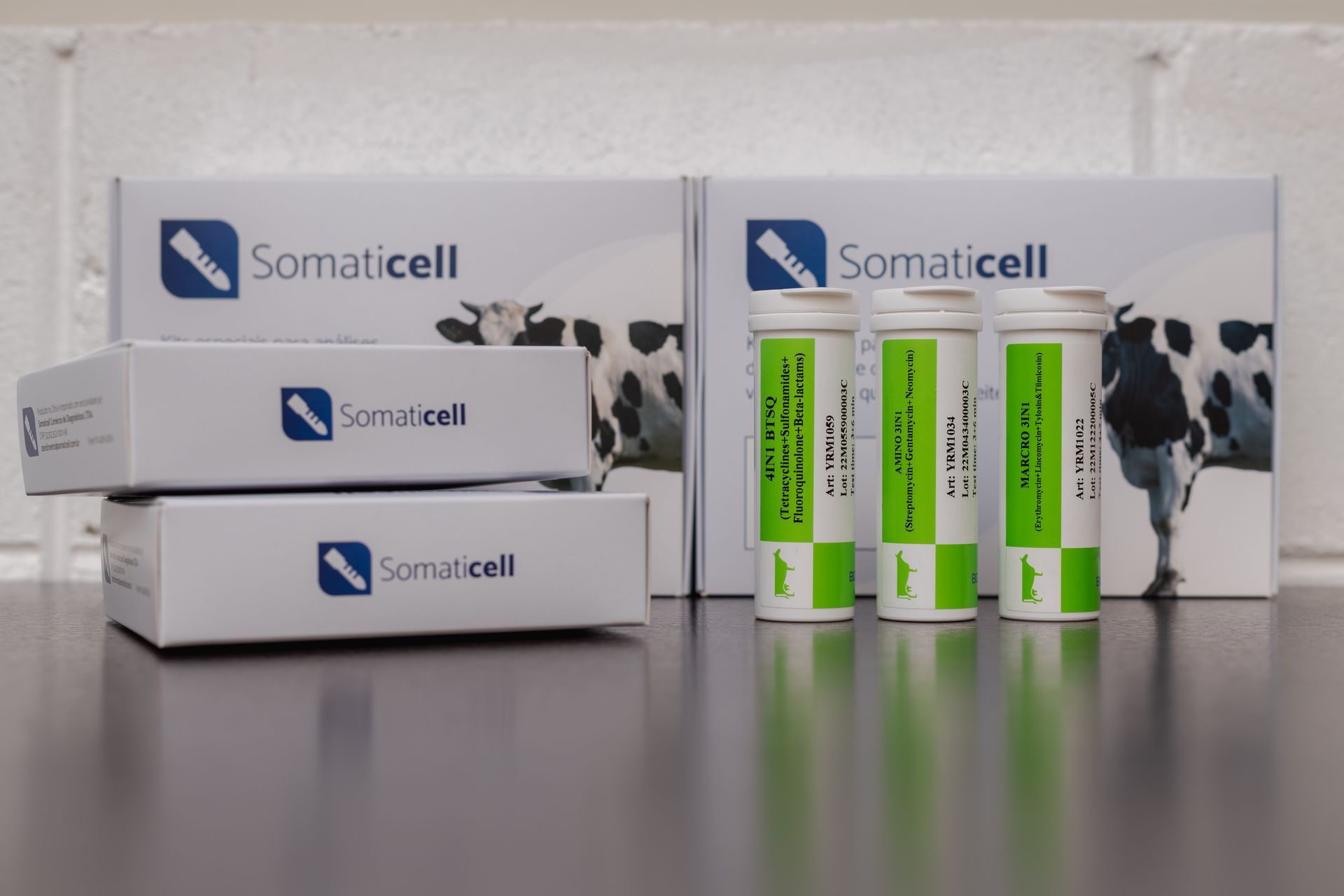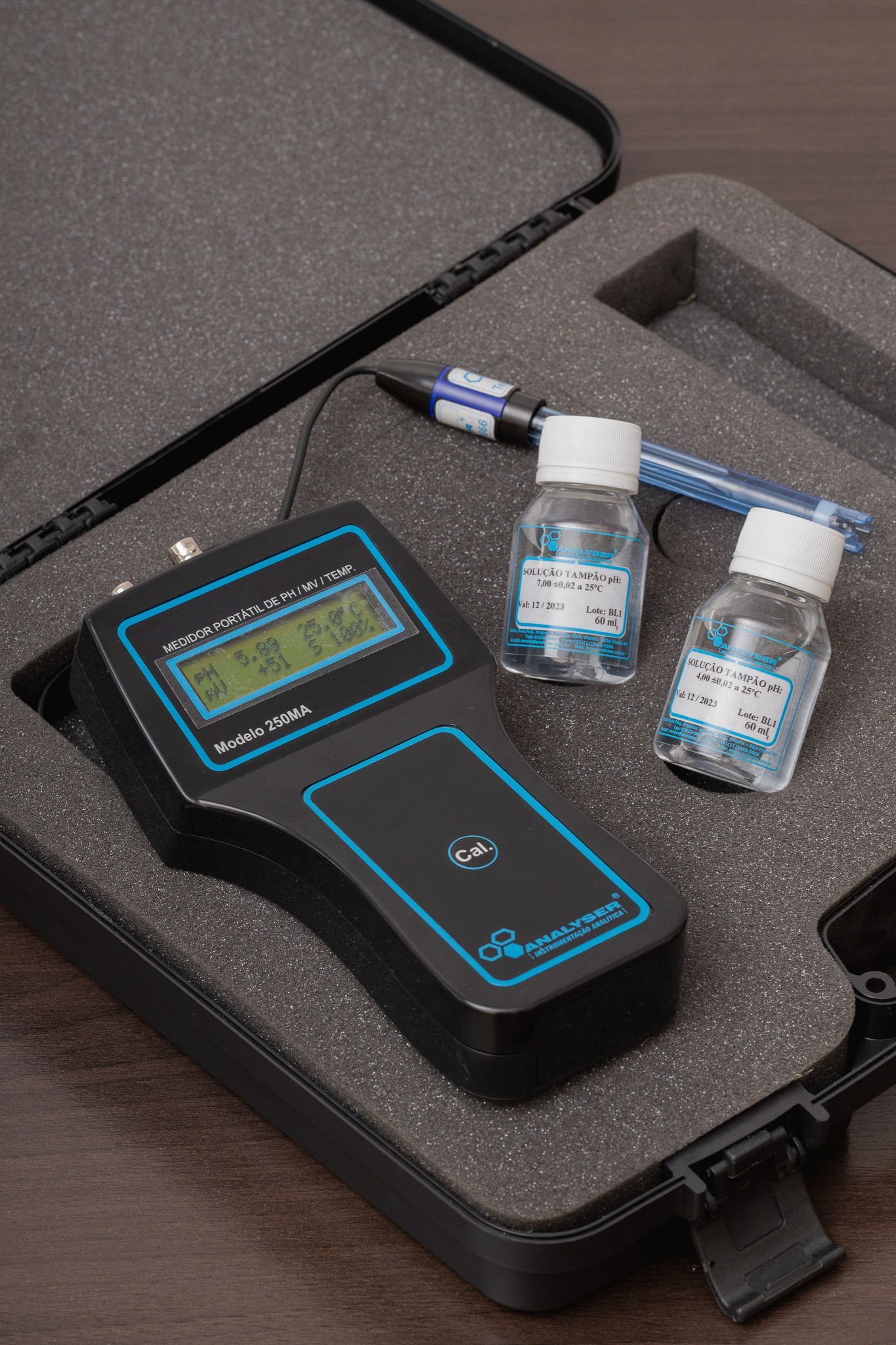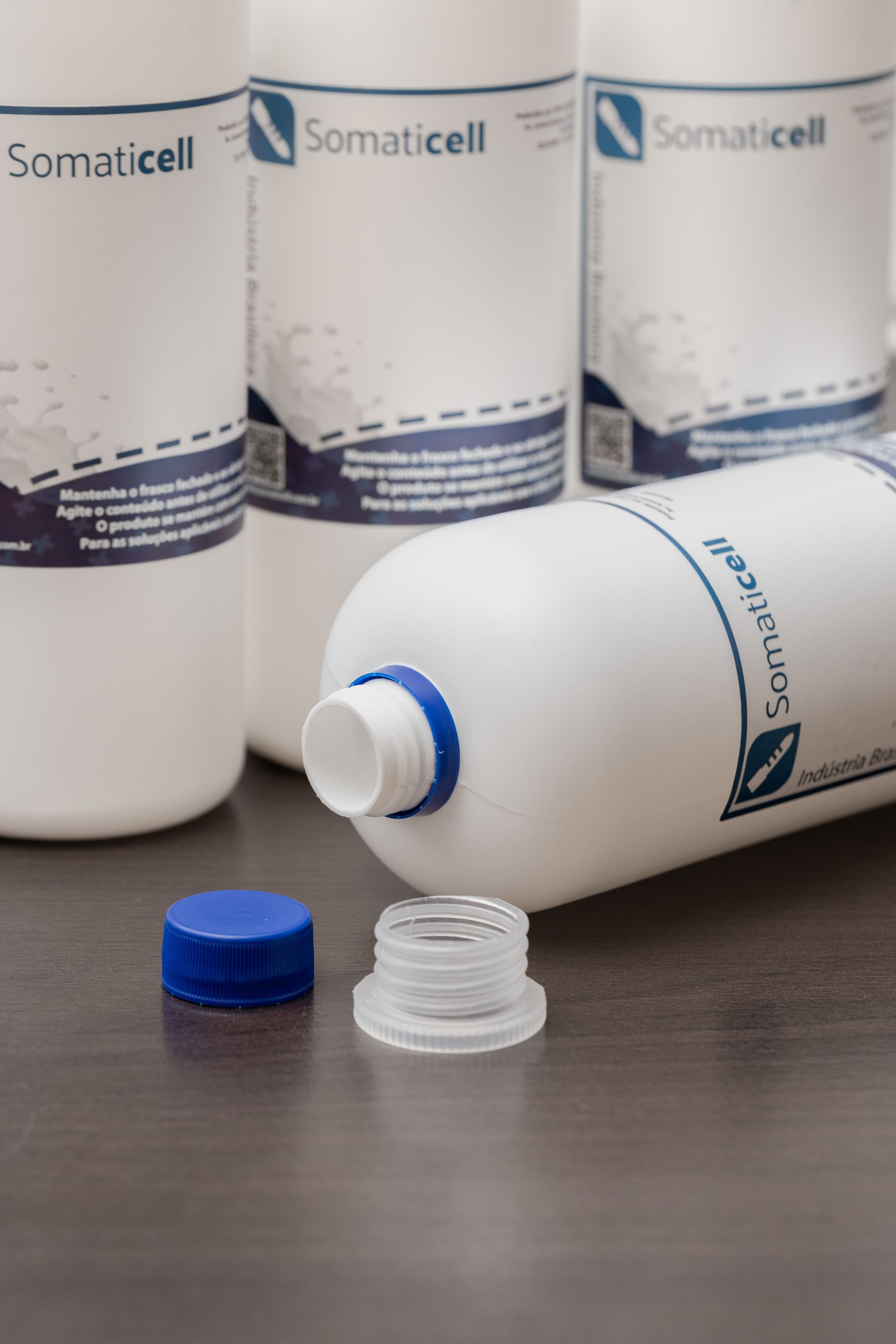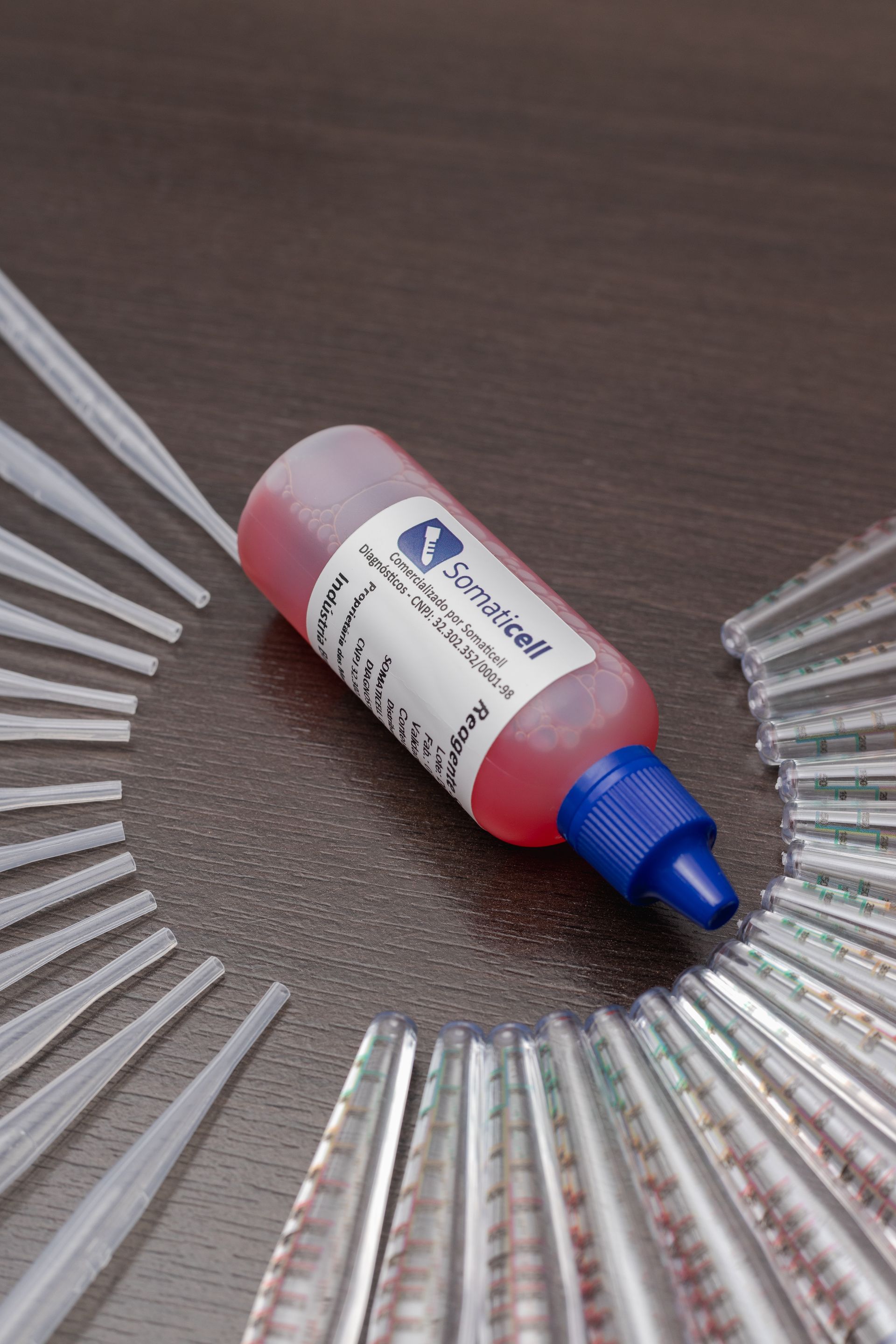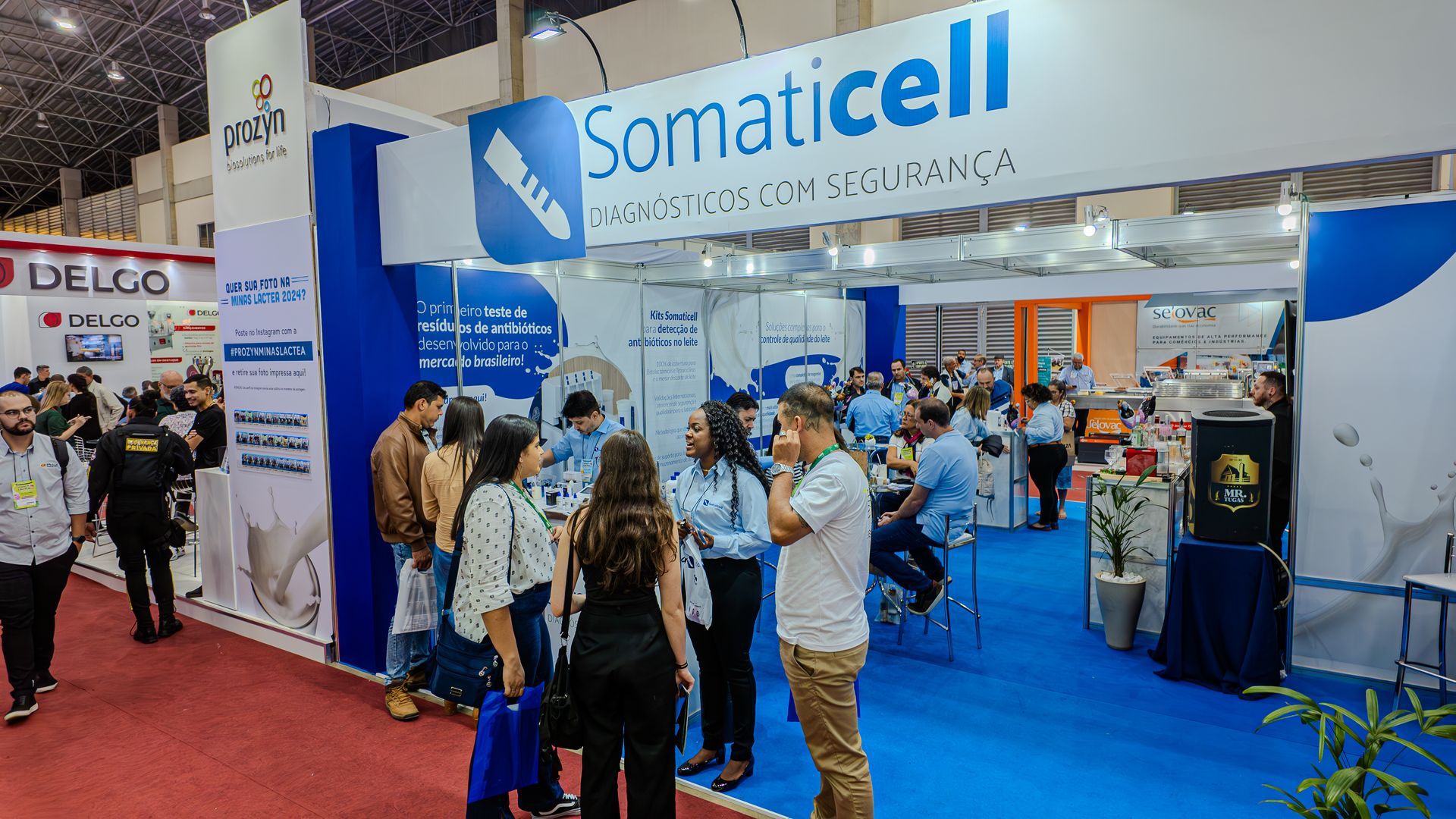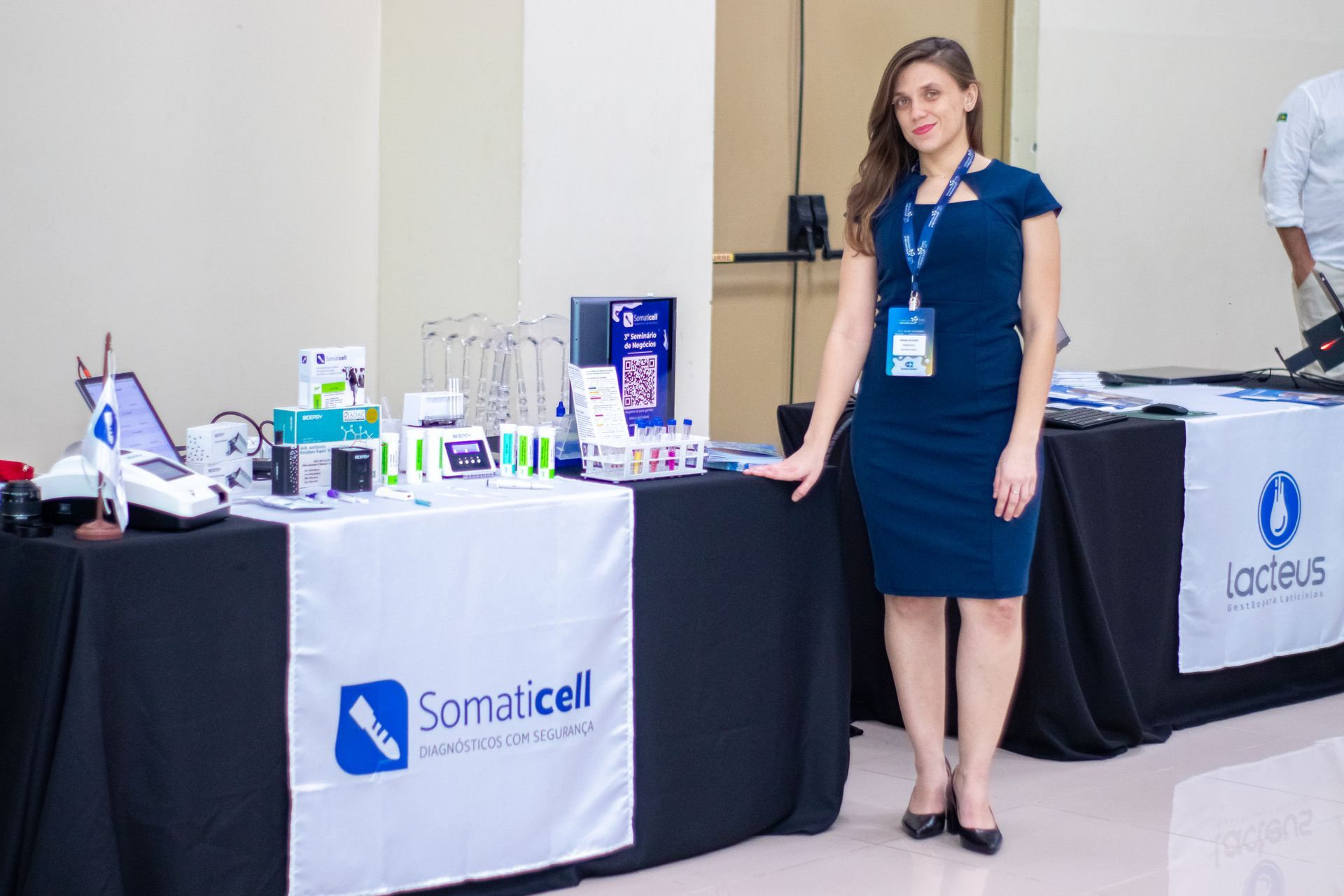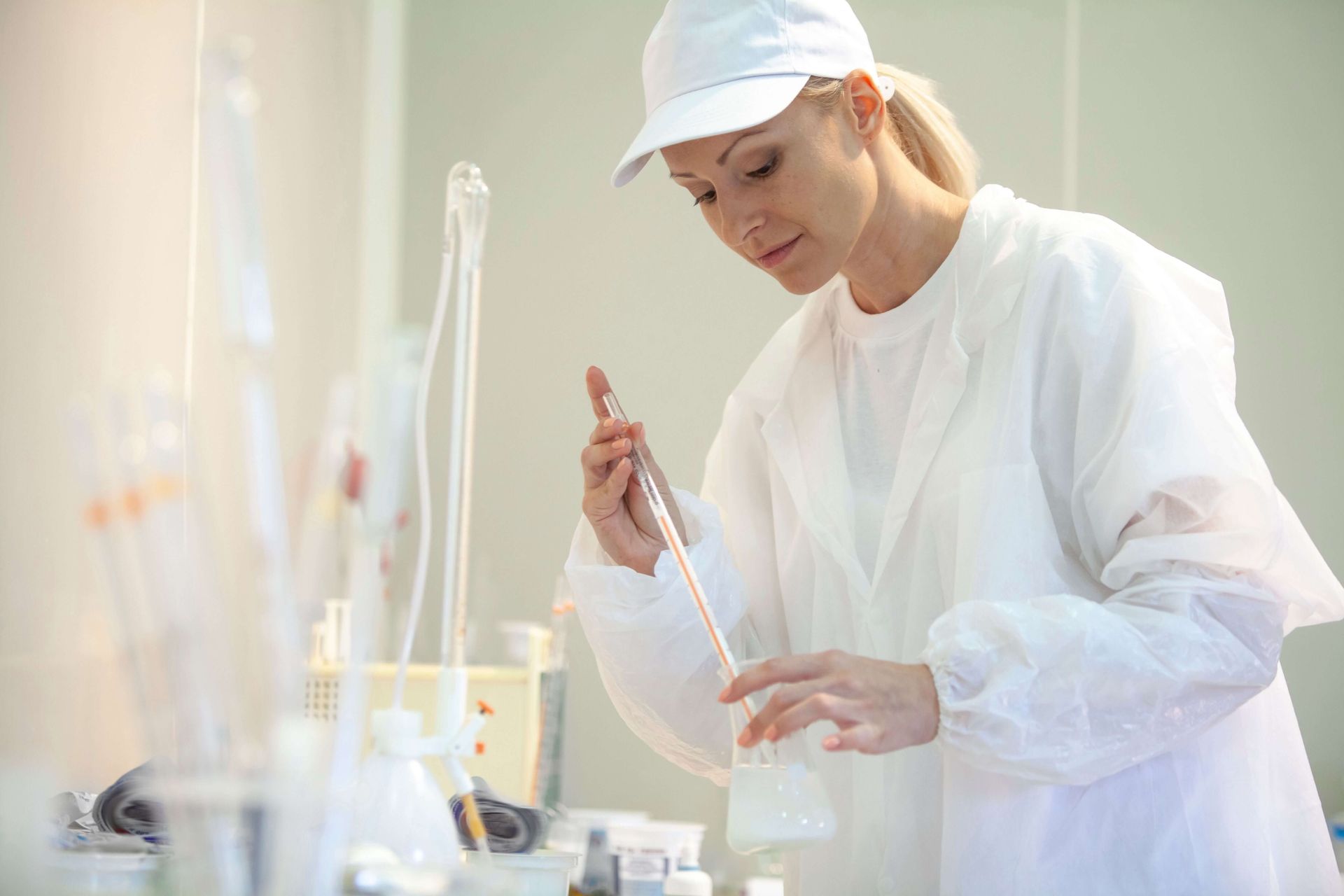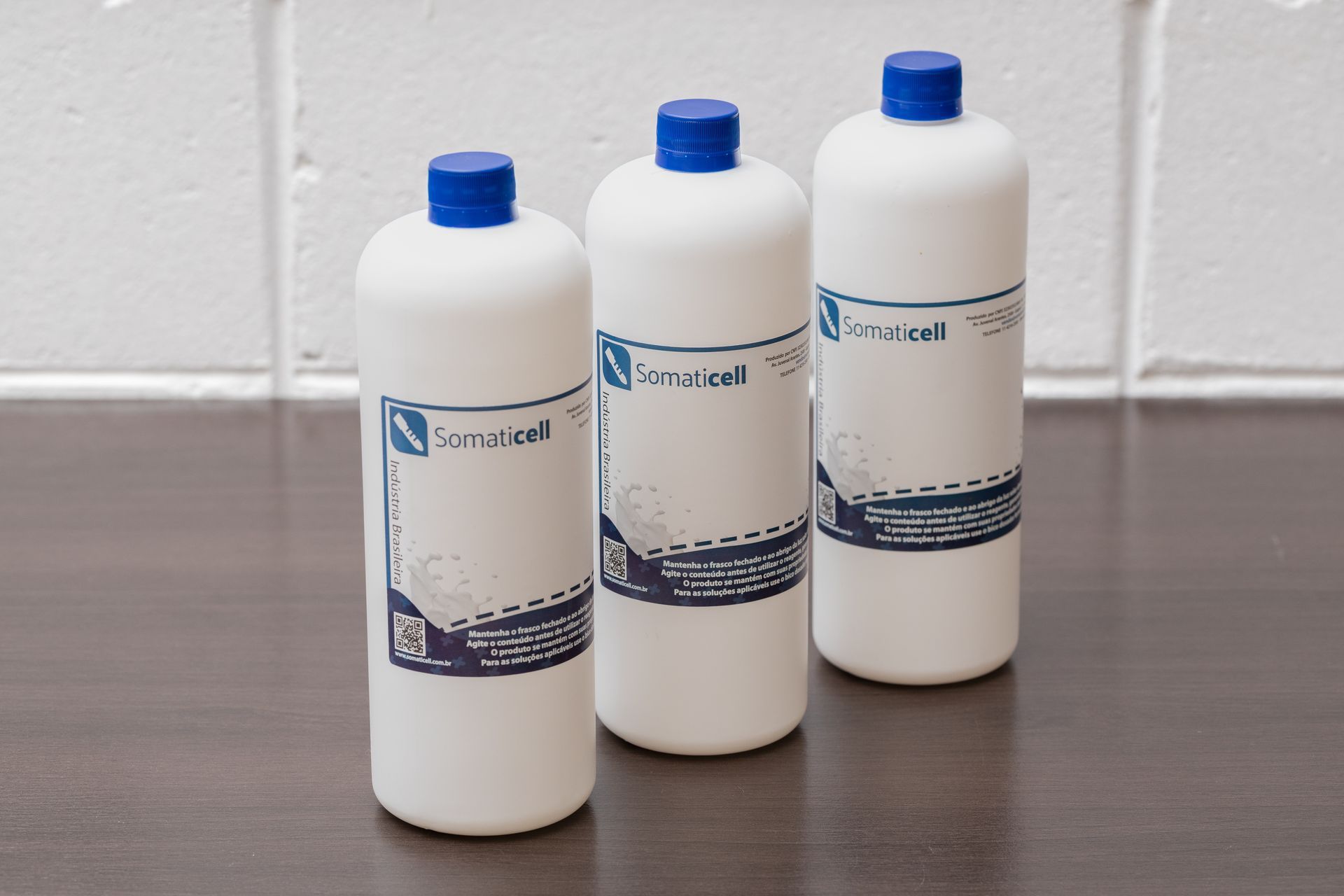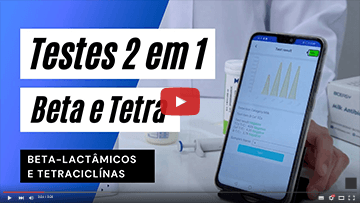5 steps to reduce somatic cell count
Somatic cell count: understand the mechanisms to reduce it
A contagem de células somáticas (CCS), um dos principais indicadores de qualidade do leite, pode ser definida como o número total de células por mililitro no leite.
CCS is made up of leukocytes, or white blood cells, that the cow's immune system produces to fight inflammation in the mammary gland.
As CCS is a good indicator of milk quality, a poor CCS score suggests the incidence of harmful bacteria. Therefore, cows with high somatic cell counts are diagnosed with subclinical mastitis, but there are other factors that interfere with these variations. In this article that we have prepared, we will talk about mechanisms to reduce somatic cell count in milk.
Good reading!
Somatic cell count and milk quality
The somatic cell count can be an indicator of animal performance, but also of milk quality. As the somatic cell count increases, the yield as well as the quality of the milk decreases.
Uma alta contagem de células somáticas é geralmente um indicador de uma infecção que desencadeou uma resposta inflamatória na glândula mamária. Uma causa comum de alta contagem de células somáticas é a mastite em vacas leiteiras. A mastite pode ser causada por patógenos ambientais ou pode ser passada de vaca para vaca por contágio.
When a cow is dealing with any inflammatory response, including a response caused by mastitis, she will use nutrients as well as energy - about 2 kg of glucose per day - to fuel that response, leaving less nutrients available for milk production.
This will result in a lower milk yield for that cow. Immune cells that rush to the mammary gland to fight the infection will appear in the milk. This can lower the quality of the milk by changing the taste, but also the color and constitution.
There are two main types of mammary gland infections that can raise CCS: contagious and environmental.
CAREERS
Para controlar infecções contagiosas, mantenha as vacas infectadas separadas e considere adicionar uma terapia universal de vaca seca em seu rebanho.
For environmental infections, make sure the animals have good general hygiene and sanitation and that you have a good pre- and post-milking routine.
Somatic cell count is a long-standing marker of milk quality, impacting shelf life and flavor. A lower CCS is better for cheese production and gives a longer shelf life for bottled milk.
The national maximum level of CCS is 500.000 cells per milliliter for domestic sales and 400.000 cells per milliliter for export.
It is important for producers to monitor SCC on the farm, as this data can be used as a measure of the health of their cows and the quality of the milk. Economically it is advantageous because the market pays better for milk with low counts, in addition it can reduce spending on antibiotics and milk disposal
Mastitis and somatic cell count: how are they related?
If a cow becomes infected with mastitis-causing bacteria, the inflammation can damage the epithelial tissue, resulting in white blood cells invading the mammary gland and causing a high somatic cell count.
Transition
A cow is particularly susceptible to infections such as mastitis during the transition period. During the transition, many things happen in the animal's body. The cow will give birth and soon after, milk production will increase. This causes the cow to enter a negative energy balance, thus leaving less nutrients available to the immune system, which can lead to an immunocompromised situation.
Improving milk quality in transition cows starts with improving mammary health, but also preventing the spread of infectious bacteria. With proper nutritional strategies, your dairy cows can produce high quality milk when lactating.
Dry season
A cow is also susceptible to mastitis during the dry period, that is, when infectious bacteria are not being flushed out of the mammary gland regularly. Also, right after the drought, cows may be moved away from the herd and observed less frequently.
Dry cow gutters are generally cleaned less frequently, making these cows more susceptible to infection. If a cow develops mastitis during the dry period, the calf will start lactation with an elevated somatic cell count in the milk. Dry cow treatments as well as sealants are excellent ways to reduce mastitis during the dry period, if done correctly.
Environmental pathogens
Mastitis in dairy cows and the consequent increase in somatic cell count can be caused by environmental pathogens — such as E. coli — or contagious pathogens such as staphylococci (which, through exposure, can contaminate other cows). Contagious mastitis can be passed from cow to cow if a milker is using the same towel to clean the udders of several cows, for example, or if he is not wearing gloves or not cleaning equipment properly.
Whether these pathogens are picked up from the environment or are passed from cow to cow, the mode of entry is the same: through the tip of the breast.
There are two types of natural protection to prevent pathogens from damaging the mammary gland and causing mastitis: the keratin deposited in the opening of the mammary gland (external) and the epithelial tissue inside (internal).
Keratin is the barrier on the outside of the udder that prevents pathogens from entering the mammary gland. It has bactericidal properties that can kill bacteria on contact as they try to invade the gland.
The epithelial tissue inside the mammary gland looks a lot like other epithelial tissues in the body. Epithelial cells are "tied" or "stitched together" by complex protein structures called tight junctions. Epithelial tissue must undergo constant repair and replacement, maintaining the integrity of tight junctions in order to protect against pathogens. infection until the immune system cells fight the infection.
Temperature and humidity also interfere with the CCS count
Somatic cell counts tend to increase with temperature and humidity levels during the summer months. Environmental stress caused by high summer temperatures is responsible for the high counts. These higher somatic cell counts can last for weeks or even months.
It's a known fact that cows are more physically stressed when it's hot. We often see a decrease in production due to cows standing or lying where it's cooler, spending less time eating.
Research shows that high circulating levels of stress hormones interfere with the immune system's ability to fight bacteria.
When bacteria enter the udder, an immune response sends out defense cells to fight the invader. Stress hormones have a depressing effect on somatic cells; this, in turn, limits its function to fully protecting against mastitis-causing organisms.
Now that you're aware of the phenomena that can cause changes in CSS rates, here are some measures to reduce your count:
Manage your fans and irrigators
Properly managing these tools is important to reduce wet litter, excessively wet cows, and the places in the barn where cows congregate. It is important to reduce areas that can become overloaded with manure where cows can easily become soiled and increase the incidence of mastitis.
Keep the flies under control
Flies are important vectors of the disease. The presence of flies greatly increases the stress on your herd and they carry disease-causing organisms, resulting in decreased production and spread of mastitis.
Eliminate areas of silage seepage, manure piles, old wet hay bales or straw bales, but also other accumulations of organic matter that can attract flies. Wet feed that remains on the ends of the mangers also breeds flies.
Also be sure to provide adequate drainage in barns. Use clean gravel and other fillers to eliminate low spots in livestock yards. Proper grading and lining can reduce wet barns. Also, keep water gutters and hydrants free from leaks.
Finally, combine routine sanitation with a variety of pesticide strategies. Use baits, residual sprays, space sprays and larvicides whenever flies are a problem. Don't wait for fly populations to build up; it is much easier and less expensive to prevent fly populations from increasing early in the season than it is to control them after they reach unacceptable levels of density.
Provide training on good milking practices
É importante ter certeza de que todos os funcionários estão seguindo os procedimentos de ordenha corretamente. Isso ajudará a reduzir novas infecções por mastite, bem como identificar casos clínicos de mastite rapidamente.
Provide plenty of clean water
Cows drink about 50% more water when the temperature is 27°C vs. when it's 5°C degrees. They need water to cool themselves down through increased breathing and sweating.
Identify your cows with high SCC
Para ajudar a identificar vacas individuais com altos escores de CCS, execute testes de qualidade do leite mensalmente para monitorar as tendências do rebanho e identificar vacas infectadas.
Running monthly tank cultures through a reputable lab is also a good way to find out what types of bacteria are causing breast infections.
Reduce the spread of infection
To lower a high CCS score, it is important to prioritize correct milking procedures to help reduce the spread of infection. There are a few steps to follow for this:
- Separate the group of cows with high CCS within the herd. These animals should be milked last to help prevent mastitis from spreading, spreading bacteria to healthy, low SCC cows;
- Keeping gloves clean is another useful tactic to avoid bacterial contamination. Even clean hands can be loaded with mastitis spreading organisms. Thus, it is imperative to wear gloves at all times while milking and to replace/sterilize soiled gloves as needed;
- Use one towel per cow when cleaning and drying udder tips. When using cloth towels, wash and dry them on high heat. After 500 to 600 milkings, discard cloth towels and replace with new ones;
- Proper pre-milking and post-milking procedures can also keep high CCS scores at bay. Post-dive immersion reduces new infection rates by approximately 50%. However, it does not kill all bacteria, so proper equipment sanitation is a must.
- Know when to change milking machine liners. "A liner can spread Staphylococcus aureus to the next six to eight cows after milking an infected cow," he warns. Traces of milk may remain on the lining. Keep farm staff well trained in milk quality indicators and standard operating milking procedures. Explain why good CCS and best practices are important. A simple chart with basic data on mastitis control can be an invaluable tool.
Know what you're up against
To get a lower CCS, it's important to know what you're up against. Certain types of bacteria are responsible for subclinical mastitis, and it is necessary to know which organism you are treating.
Microbiological analysis of milk is essential in making decisions about problem cows. Knowing which are the incident pathogens in the herd and cows with mastitis makes it possible to discover the possible causes of the infection, as well as the choice of the correct treatment, with the use of antimicrobials when necessary. It is also important to carry out antibiograms, discarding the use of antibiotics that will not be effective for that pathogen and thus reducing the misuse of medications and unnecessary expenses. Develop a script
Once you've determined the type of bacteria you need to treat, it's time to start making decisions.
Consider the animals' individual history of CCS, age, response to previous antibiotic therapy, history of clinical mastitis, milk production, fertility status, walking problems, along with the general health of the animal. From there, you can decide what action to take with them.
Culling is expensive and irreversible and the last resort, so it's important to get these decisions right. Discuss treatment options with your veterinarian to see if treatment during lactation is correct. It is noted that prevention and control are fundamental and the best treatment to reduce the mastitis index in the herd is also the cheapest.
Monitor the progress
Having a low CCS never happens by accident. It is the result of high intention, sincere effort, intelligent direction, but also skillful execution. To get a lower score, it's crucial to know your current CCS average, that is, to track your progress.
It takes about a year before producers start to see a significant reduction in herd CCS. Therefore, it is necessary to have measurable goals so that you can track your progress and be motivated. Measuring progress helps you stay focused, but also feel the excitement of getting closer to reaching your goal of lower CCS, healthy herd, high quality milk and big yields!
The somatic cell count can be an indicator of animal performance, but also of milk quality. As the somatic cell count increases, the yield as well as the quality of the milk decreases. In fact, many dairy farmers will not receive milk from a farm unless their somatic cell count is below a certain threshold.
The presence of somatic cells in milk is normal, since they are part of the composition, as well as proteins, fats and lactose. However, high levels of somatic cells can be indicative of infection in a cow or the entire herd.
In this sense, it is of paramount importance that the CSS be performed on the herd periodically. In this task we can help you!
With our strategic control solutions from CCS, your milk supply chain will never be the same.
Para saber mais informações sobre nossos serviços, entre em
Contact com a gente e assim, fale com um de nossos especialistas!
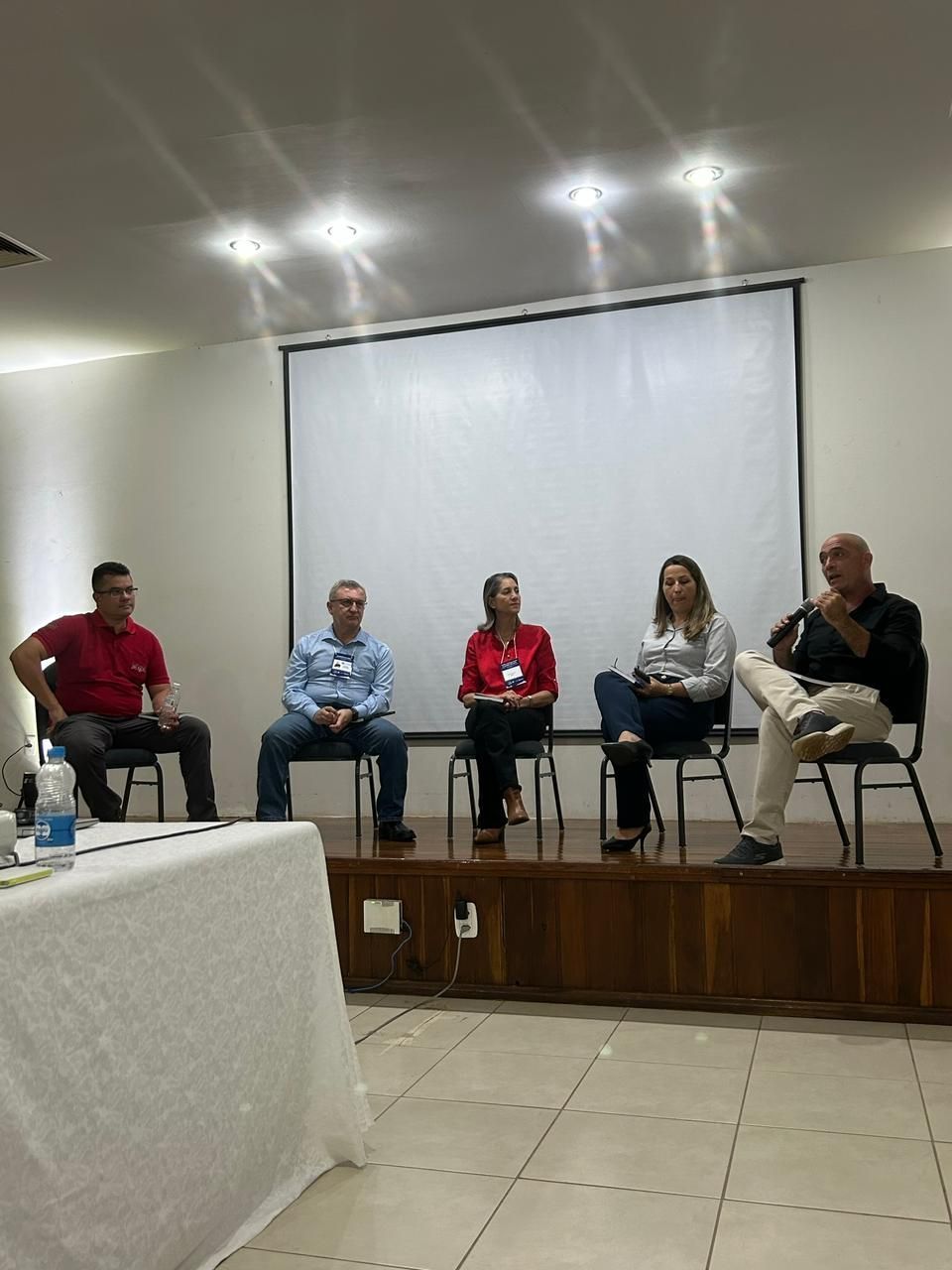
Conheça nosso App

Our Educational Videos
Somaticell on Social Networks



